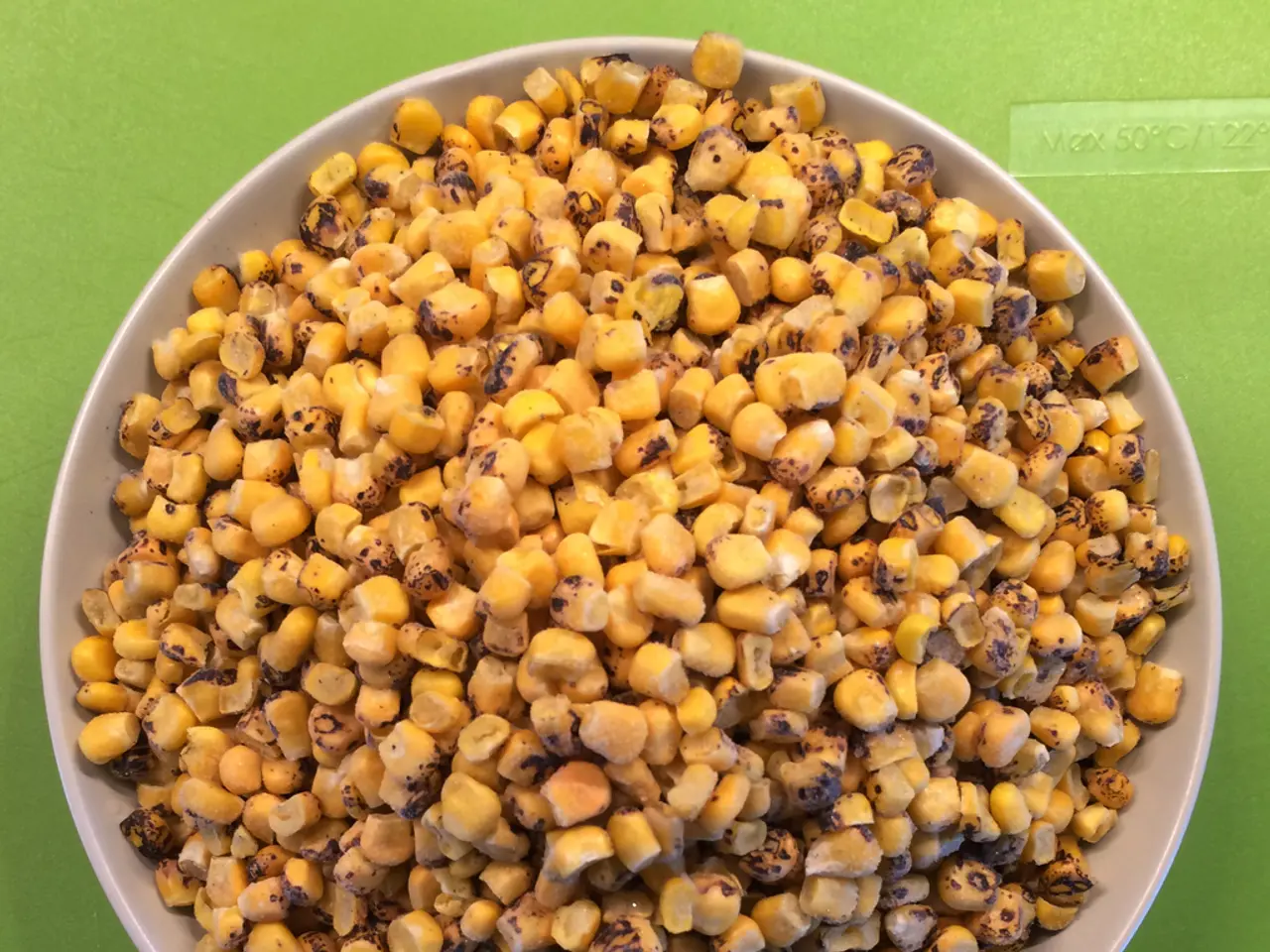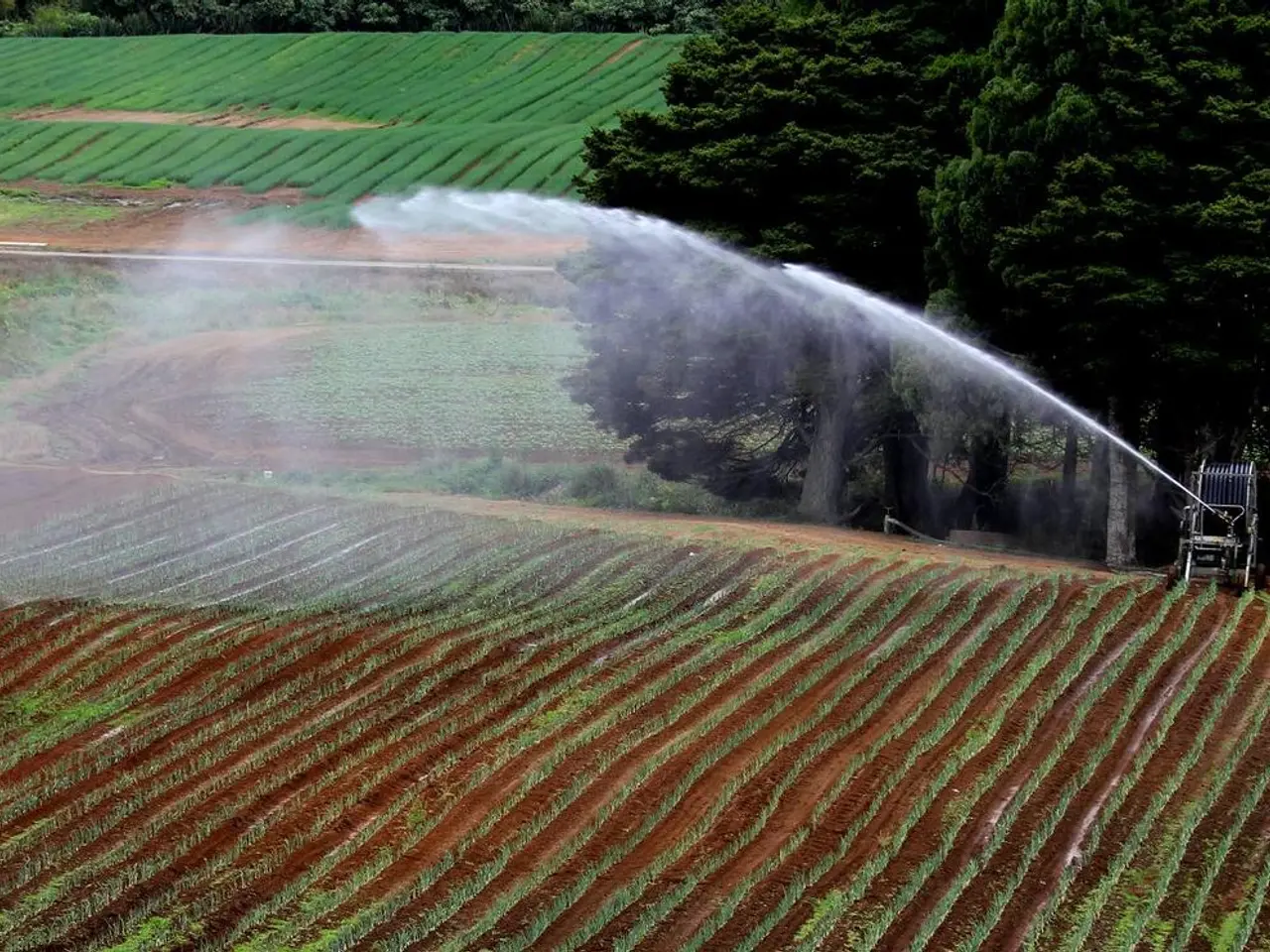Monitoring the Corn Supply Chain: Maintaining Regulations, Quality Standards, and Market Opportunities
In the global maize market, four key players - the United States, Brazil, Argentina, and Ukraine - dominate exports, accounting for over 80% of the market [1]. However, the maize value chain, like many agricultural sectors, faces challenges due to fragmented supply chains and a lack of traceability [2]. This situation can lead to food safety risks, rejected exports, regulatory fines, and supply chain inefficiencies.
Enter digital traceability, a solution that promises to significantly enhance food safety, regulatory compliance, and profitability within the maize value chain. By offering real-time monitoring from planting to consumption, digital traceability platforms provide end-to-end visibility, enabling the quick identification and containment of contaminated products [3]. Technologies like blockchain ensure that all transactions and movements along the supply chain are recorded immutably, preventing tampering and ensuring transparency [4].
Enhanced regulatory compliance is another advantage of digital traceability. Digital platforms can generate automated reports that meet regulatory requirements, reducing administrative burdens and ensuring compliance with standards such as EUDR, CSRD, and FSMA [4][5]. Advanced analytics and AI can help predict and manage compliance risks, enabling proactive measures to avoid non-compliance issues [2].
Digital traceability also offers economic benefits. By streamlining operations, automating tasks, and optimizing supply chain logistics, digital traceability helps increase productivity and reduce costs [2][5]. Enhanced transparency and compliance can open up premium market opportunities, as buyers and consumers increasingly demand traceable products [1][4]. By ensuring produce origins and handling processes are transparent and secure, digital traceability can reduce supply chain risks and associated financial losses [5].
Tools and technologies like the Farm Management Platform, TraceX, satellite technology, blockchain, and AI are driving this transformation. The Farm Management Platform enables digital farmer registration, GPS-based land mapping, crop and input management, real-time supply chain tracking using blockchain, and automated compliance reporting [6]. Satellite technology is used to monitor crop health and optimize resource management [2]. Blockchain and AI provide immutable records and data-driven insights to enhance supply chain transparency and efficiency [5].
In conclusion, digital traceability can help maize producers, processors, and exporters stay compliant, reduce risks, and drive higher profits. AI-driven risk detection and batch-level tracking can help isolate and recall contaminated maize shipments before they reach consumers. The maize value chain, a complex system involving multiple stages from production to consumption, stands to benefit immensely from the integration of these technologies.
- The integration of digital traceability technologies, such as blockchain, AI, and satellite technology, can boost food safety, regulatory compliance, and profitability in the maize value chain by offering real-time monitoring and immutable records from planting to consumption.
- Advanced analytics and AI within digital traceability platforms can help predict and manage compliance risks, ensure regulatory compliance with standards like EUDR, CSRD, and FSMA, and reduce administrative burdens.
- Enhanced traceability and compliance, led by tools like the Farm Management Platform and TraceX, can open up premium market opportunities, as consumers demand transparent and secure produce origins and handling processes, which can reduce supply chain risks and associated financial losses.




